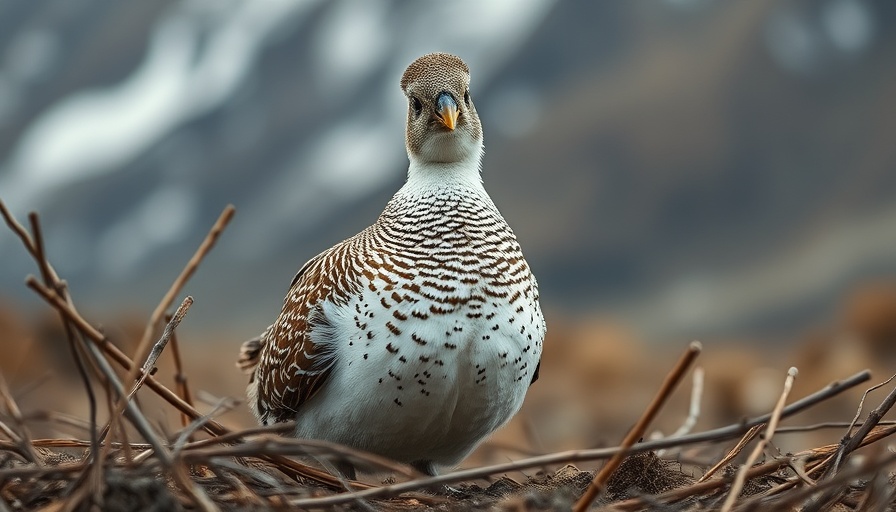
How Montezuma Oropendolas Create High-Security Nests
In the canopy of Central American forests, Montezuma Oropendolas display remarkable ingenuity in their nest-building techniques. These vibrant birds engage in intricate nesting behaviors that not only pique the interest of ornithologists but also serve a crucial function in their survival.
Choosing the Perfect Location
Montezuma Oropendolas specifically seek out tall, solitary trees for their nests. This strategic choice is not merely aesthetic; it serves as a defense mechanism against predators. More often than not, these trees are adorned with large wasp nests, which provide an additional layer of protection. The stings from these wasps deter many potential intruders, allowing the oropendolas to thrive in relative safety.
The Art of Nest Construction
Central to the success of the Montezuma Oropendola's nesting strategy is their unique nest structure. The nests, which take roughly ten days to build, are carefully woven from plant materials and hang about three feet from branches. This makes them difficult for predators, including monkeys and snakes, to access. The female birds weave their nests at the ends of slender branches, adding to the complexity of their design.
Communication and Camaraderie in Nesting Colonies
In addition to their impressive nesting skills, male Montezuma Oropendolas play an active role in defending the colony. They serenade the nesting area with their distinct calls, creating a vibrant ambiance that enhances communal bonding. This vocalization is particularly important during the breeding season, as it strengthens the male's connection to the colony and enhances the protective nature of the nesting site.
A Lesson in Adaptation
The Montezuma Oropendola teaches valuable lessons about adaptation and resilience in nature. By carefully selecting their nesting trees and utilizing the natural behaviors of wasps, these birds exemplify how instinct and environmental factors can intersect to create extraordinary survival strategies.
In conclusion, the nesting behavior of the Montezuma Oropendola showcases their unparalleled adaptability and ingenuity. We can appreciate these intricate birds not only for their striking appearance but also for their sophisticated survival techniques.
 Add Row
Add Row  Add
Add 




Write A Comment